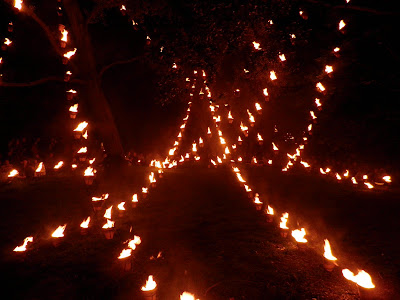Manufacturing and mass-consumerism are a worldwide dilemma and will not stop any time in the near future. There are hundreds and thousands of tables, chairs, lamps and other things we call ‘stuff’ in this world.
Why design or create more objects? Don’t we have enough already?
 |
| In some respects, yes. We don’t need another item of ‘stuff’. |
However, I intend to make objects which will help people move towards a more sustainable life style. What I propose is to continue designing objects, but through a different lens. Why? Because I love the ‘made’ world, as do many other people. However, one of the key problems at this moment is that many objects are being created using poor quality materials, simply to generate more money.
Objects built for adaptability, upgradeability and longevity with user participation are the future. And the now. Yes, this means creating more objects, but it is a step in the right direction. This is about changing behaviour, paradigms and way of life. People need to be re-programmed and realise that it is better to spend more on a longer lasting product. Designers need to see that objects they create should be easily fixed, with customisable or upgradeable parts, as opposed to being replaced when they break/ the owner gets bored of them.
This does not achieve 100% sustainability but it will make a difference. I am a creator of objects moving towards a higher level of sustainability. Objects will not cease to exist or be designed in the near future, so it is the designer’s job to create objects with a longer and more adaptive life cycle.






